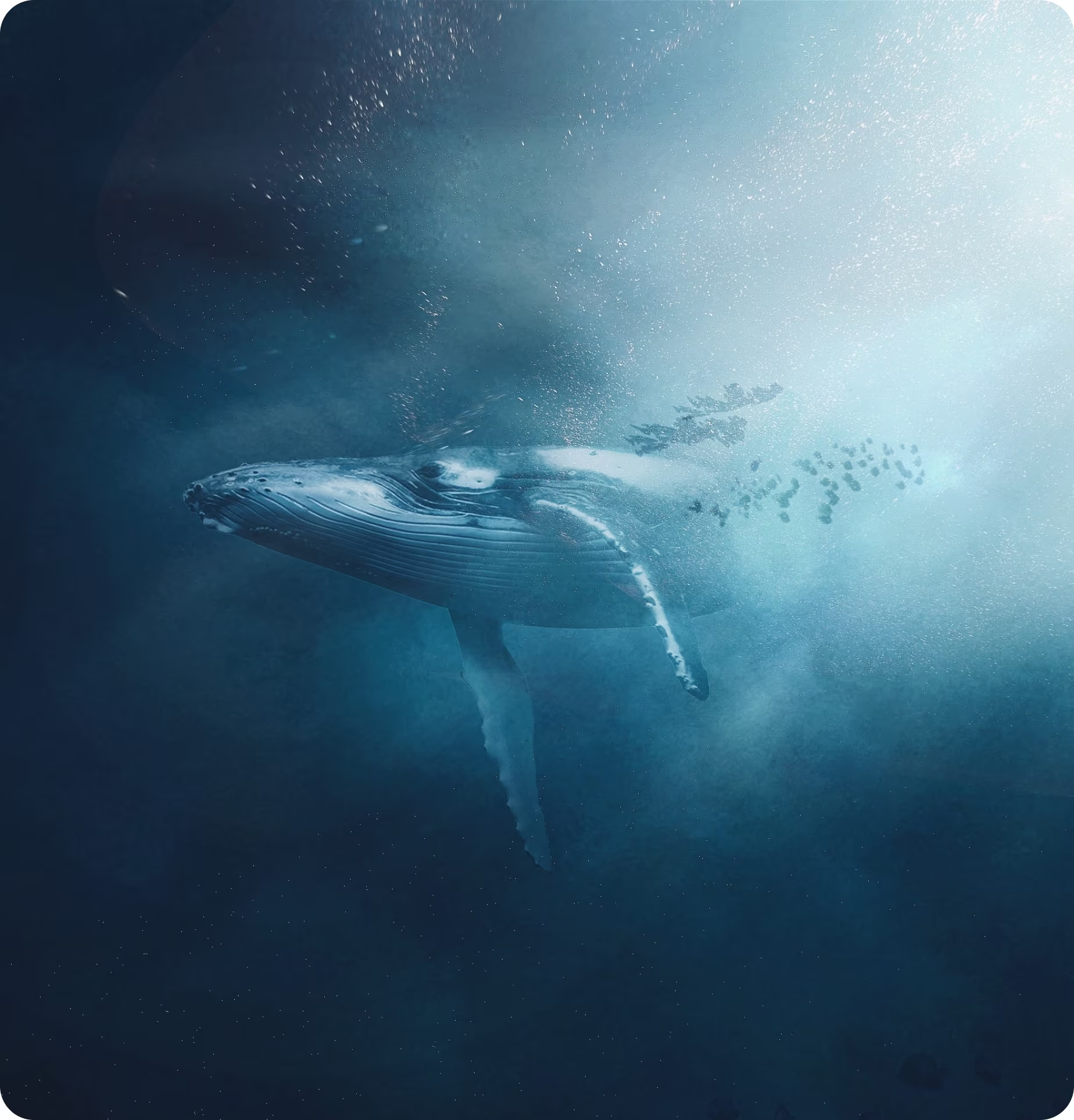
Whale Scales
Humpbacks sing complex songs that spread like pop hits. Explore how whales shape community across oceans.
Key Takeaways:
- Whales rely on sound for communication, using clicks, calls, and songs to interact across vast distances.
- The ocean sound channel lets whale songs travel thousands of miles, bouncing between temperature and pressure layers.
- Recordings show humpback and blue whale songs are complex, sometimes used for mating, with pods adopting shared songs.
- Whale songs can change over time like cultural trends, spreading between pods similar to human music or fashion.
- Encounters with whales highlight their sensory world, where sound reverberates through bodies, reshaping how humans listen.
Imagine you are on a scuba diving trip in the Caribbean. The sun is sparkling on the emerald ocean and you see bright tropical fish darting through the water. Then, you start to descend deeper into the sea – and the deeper you go, the more those bright colors fade. Although you know that you are still looking at the same tropical fish, they all start to appear washed out like an old t-shirt. Some frequencies of light (i.e., certain colors) from the sun are better at penetrating water than others – you don’t have to go very deep before all your short-wave reds and yellows are gone and you’ve got nothing but blues. But, while the colors you see underwater seem muted, the sounds you hear are amplified in the ocean depths (which is why divers can communicate by tapping their air tank). As you’re musing about how your senses are all different underwater, a massive shadow creeps into your peripheral vision. You turn and your breath drops as you watch a hulking whale swim gracefully by. Unlike you, this whale is well suited to life in the ocean. While you feel disoriented without your full sense of vision, the whale’s keen sense of sound makes her right at home.
Whales are very social animals and rely heavily on sound to interact with one another. They use sound to not only communicate with whales close by, but also with whales that are great distances away. You’ve probably heard whale songs in movies or documentaries (you can hear some in the Explore More section below). The beautiful, mesmerizing notes mostly come from either the humpback whale or one subspecies of blue whale. The songs of humpback whales are so poignant and serene, recordings of them are often used for relaxation and sleep.

While the story of Jonah and the Whale was a popular manuscript illustration subject in the Muslim world (and is mentioned in the Qur'an (37:139)), this painting, by an unknown artist, was never part of a manuscript. Here, we see Jonah depicted just after his release, with gourd vines above sent by God to protect him from the elements. A colorful angel glides across the canvas, offering Jonah an article of clothing.
Image courtesy The Metropolitan Museum of Art.
As humans, we naturally form communities with the people physically closest to us, because those are the people with whom we can communicate. And while digital communication has allowed us to expand that community, this phenomenon is relatively new. Whales, on the other hand, have long-distance communication built-in; “a humpback whale singing in the Caribbean, can be heard by a fellow whale off the west coast of Ireland, more than 4,000 miles away.”1
How is this possible? According to NOAA’s National Ocean Service, whale sounds can travel unbelievable distances due to an incredible phenomenon called the sound channel. As we all know, when you dive into water and descend, the temperature decreases and the pressure increases. When a whale sings, it produces sound waves that move through the water. As these sound waves travel down, the temperature drops, which causes the waves to decrease their speed and bounce further downwards. This continues until the sound waves reach a sweet spot (or really, sweet depth) where the water pressure continues to increase but the temperature doesn’t change, causing the sound waves to increase in speed and bounce back up. This creates a channel at that depth where sound waves are bouncing both up and down, which “allows sound to travel thousands of miles without the signal losing considerable energy.”2 Professor Christopher Clark studies how this all works. He has found that calls close to the surface of the ocean dissipate quickly, but if whales are deeper in the ocean and their noises enter the sound channel, they travel much farther. He says: “That’s how I can hear blue whales singing off the coast of Ireland with a hydrophone placed in the water in Virginia.”3

When Whalers debuted in 1845, Turner was seventy years old. Commenting on the painting, English novelist William Thackeray stated, "That is not a smear of purple you see yonder, but a beautiful whale, whose tail has just slapped a half-dozen whale-boats into perdition..." Turner was commissioned to create the painting for Elhanan Bicknell, a successful London businessman who would become one of Britain's leading collectors of contemporary art.
Image courtesy The Metropolitan Museum of Art.
Although we all have access to recordings of whale sounds and may even have seen these giant beasts on a whale watching trip, few of us have the experience of completely immersing ourselves in the world of whales. Professor Philip Hoare is one of the rare individuals who has done this. Luckily for us, he’s documented his experiences for us to enjoy.
In The Guardian, Hoare describes a moment when he (perhaps foolishly) decided to jump into the ocean to swim with a group of sperm whales, even knowing that sperm whales are the only whale species that have eaten humans. He had a truly magical experience, explaining, “Everything was happening in slow motion. Then I felt – rather than heard – the whale’s sonar moving down my body – click-click-click like an MRI scanner. The sound reverberated through my skull, my sternum, my whole skeleton.”4 Hoare recognized the moment of irony stating, “as a writer, I’d spent years trying to describe whales, and here was a whale, trying to describe me.”5
But why do whales sing? Is it an art form, the way it is for humans, or does it serve a completely different purpose? Although scientists cannot get into the mind of a whale to know exactly what is going on, it is pretty clear that, at the very least, whales use their songs for mating. While all humpback whales communicate vocally, only the males sing. These male songs are quite complex, and include phrases and larger themes. Even more incredible, the males in one pod of humpbacks will all sing the same song – but that song can change over time based on what they hear from other pods! According to Dr. Ellen Garland, a scientist who researches humpback whale communication, “Our best analogy at the moment is human fashion, where a new look comes about and everyone switches. Or a new pop song becomes available and everyone is suddenly listening to it.”6 In this respect, humpbacks aren’t that different from seventh graders, all singing Beyoncé one summer and Lizzo the next.
So while that whale swimming past you in the Caribbean is more adapted to life deep underwater, one thing seems clear: humans still have a lot to discover about the communication style of whales, and may perhaps even learn a thing or two from them.

Image courtesy The Library of Congress.
References
1 Hoare, Philip. “How a whale singing in the Caribbean can be heard by a chum 4,000 miles away: As an orca is taught to mimic human speech, Philip Hoare praises the world's greatest communicators.” Dailymail.com, 31 January, 2018.
2 “How far does sound travel in the ocean? The distance that sound travels in the ocean varies greatly, depending primarily upon water temperature and pressure.” National Ocean Service: National Oceanic and Atmospheric Administration.
3 Cormier, Zoe. “The Loudest Voice in the Animal Kingdom.” BBC Earth.
4 Hoare, Philip. “A Moment that Changed Me- Looking a Sperm Whale in the Eye.” The Guardian, 10 September, 2015.
5 IBID.
6 Ling, Thomas. “How Humpback Whales Communicate Through a Hidden Global Network of Song.” BBC Science Focus, 22 June, 2021.
Build your practice of daily discovery.
7 days free.
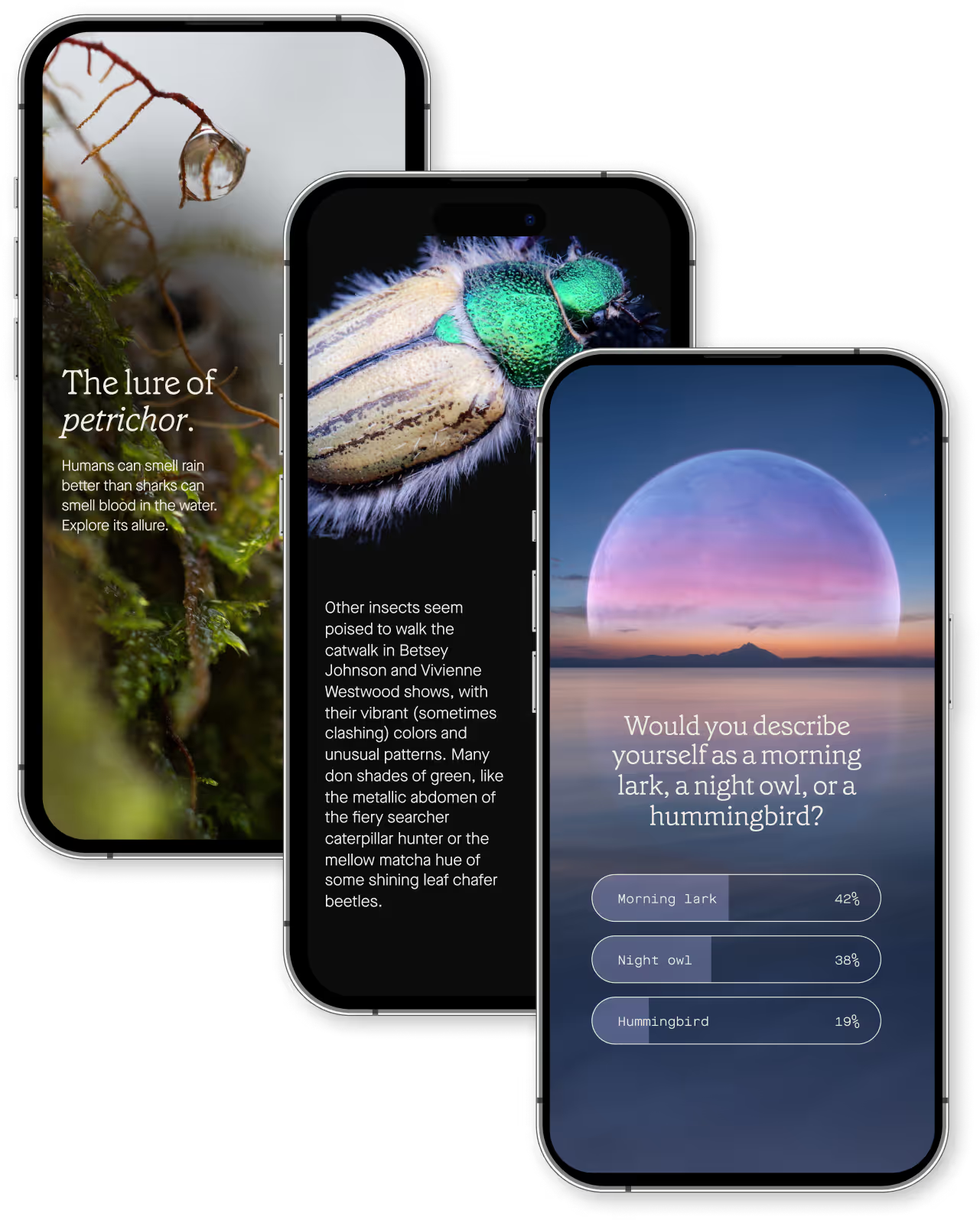
Sign up for more bites of curiosity in your inbox.
Ongoing discoveries, reflections, and app updates. Thoughtful ways to grow with us.








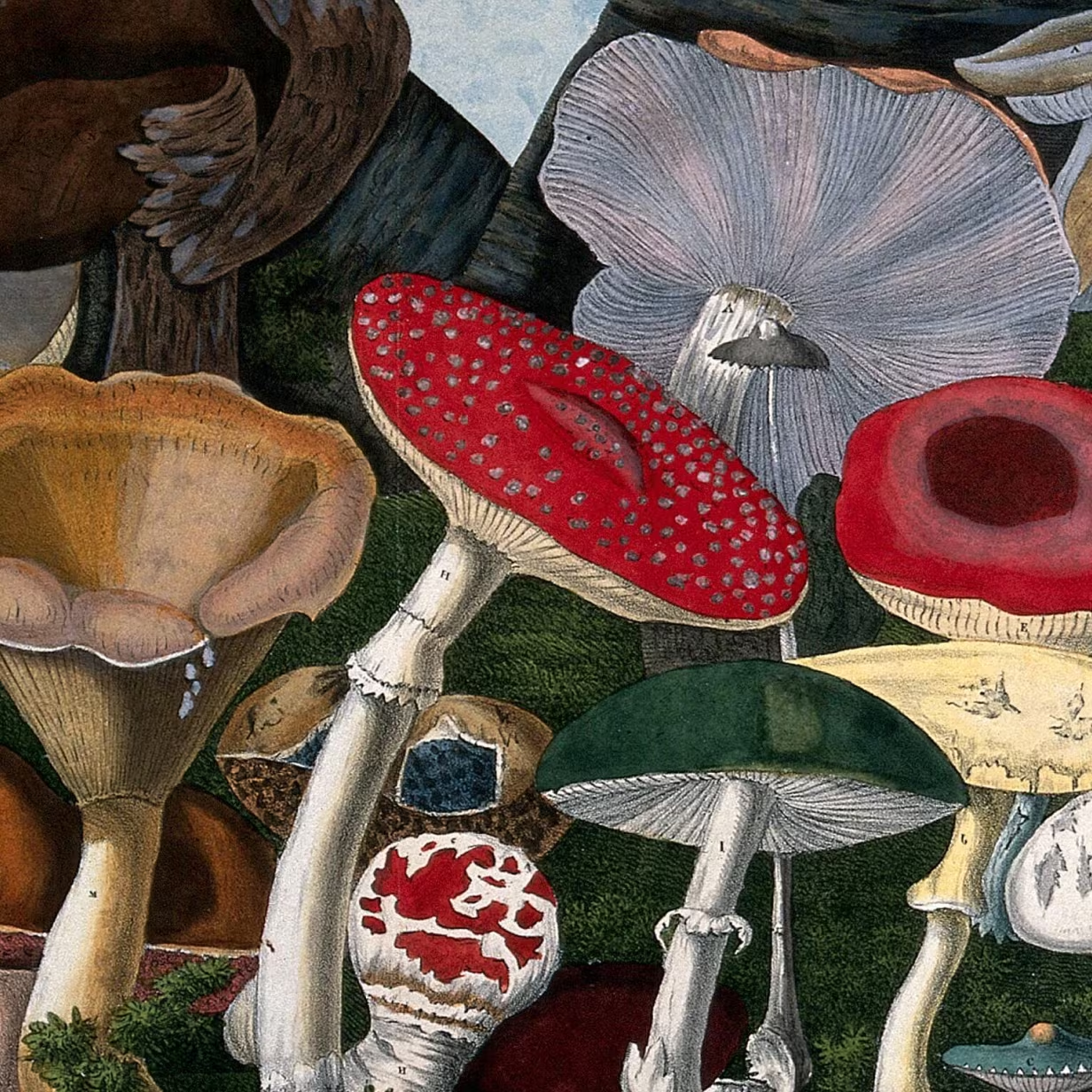



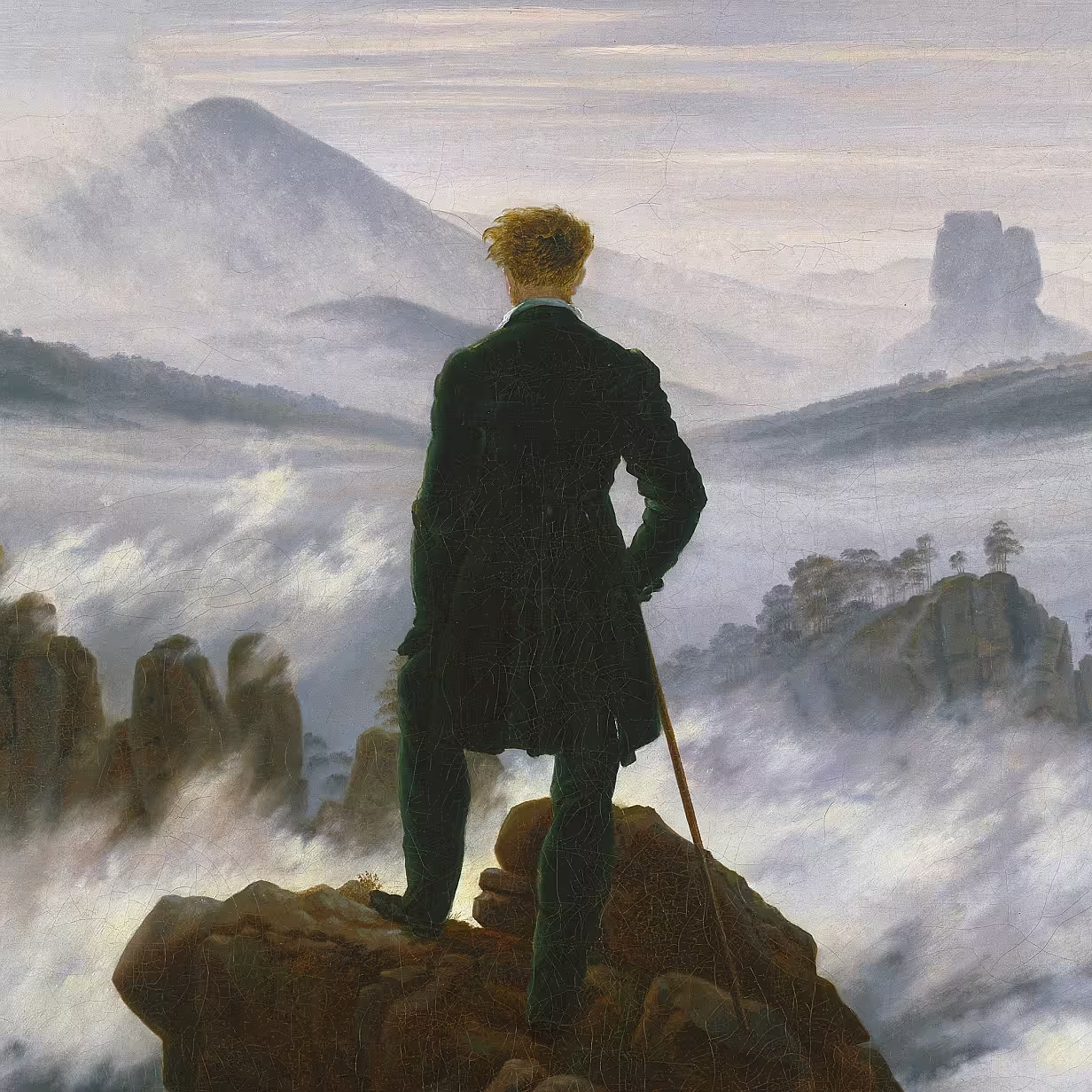


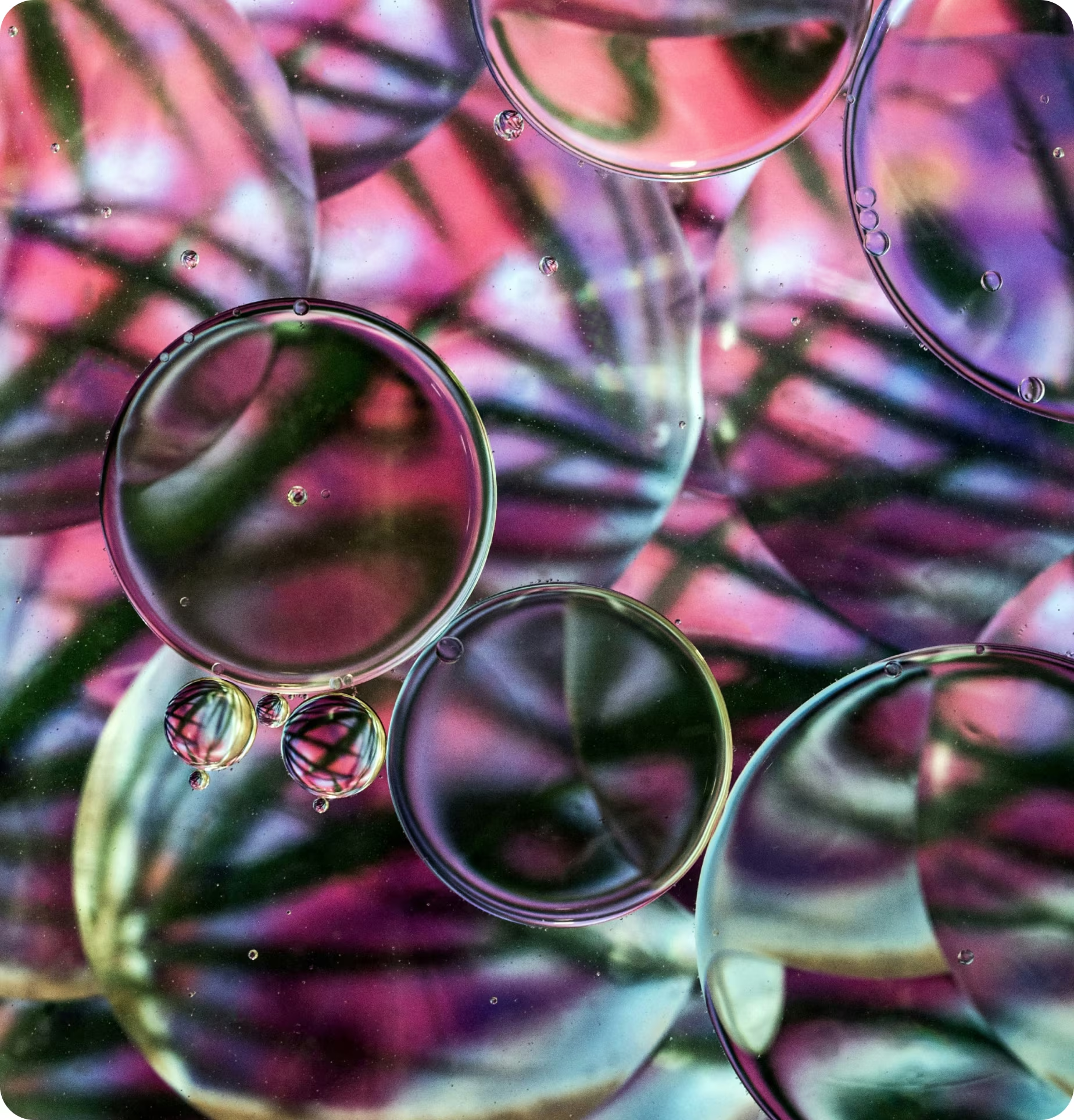

.svg)


